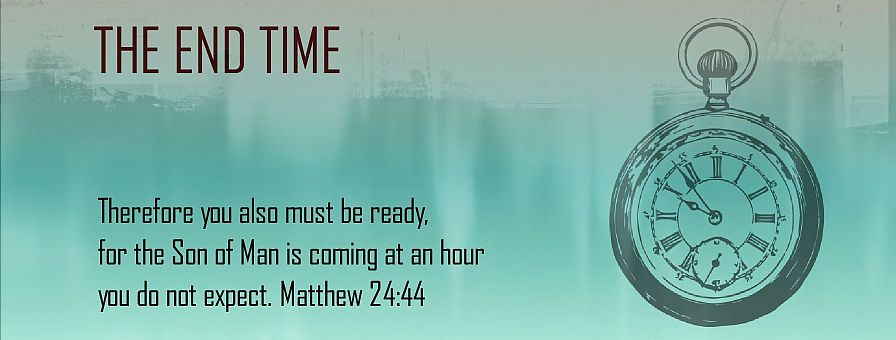- Get link
- Other Apps
- Get link
- Other Apps
 |
| EPrata photo |
Your library of the books of the Bible is just the same. Inside the one book are 66 books containing different genres. You would not read a history book from David McCullough in the same way as you would a romance novel from LaVyrle Spencer. You would not read a cookbook written by Rachael Ray in the same way as you would a book of poetry Elizabeth Barrett Browning.
My life's work as both profession and hobby has been to involve myself in literacy. Professionally, I help teach children how to read. When five-year-olds begin to learn how to read, we start with books that contain predictable language. They hear "Once upon a time..." and it finishes with "They lived happily ever after. The end." If I begin reading aloud to them "Once upon a..." and stop, the children will know what comes next. When they see two words on the last page, "The end" they know what those words say. This is because narrative stories have a familiar story arc and a predictable schema that remains the same from book to book.
When children reach around third grade they begin reading in the content areas. Gone are the familiar, predictable stories where they can use the context to help fill in an unknown word. Gone are the story arcs where their comprehension of the text is supported by familiarity and predictability. New to them are passages that contain a lot of facts about Magellan, the planets, or magnets. There is no predictability in these passages, nothing to hang their mental hook on to help support the brain's search for meaning of that unknown word or concept. We teach children different reading strategies for comprehension of non-fiction passages.
When a child reaches 6th grade or so, we hope that the years of reading have instilled in them a wealth of strategies for comprehension of both fictional works and non-fiction that are so familiar to them that they aren't even aware of the fact that they are using strategies, nor hopefully are they aware that they are switching strategies based on which type of literature they are reading.
 |
| Photo from Unsplash, free to use |
When I read a densely historical book like Ezra, I read slowly and I use maps and pictures. I am a visual person and I need maps to show me where these people are, have been, and are going. When lots of animals are named I stop and I look at pictures of them so I can picture in my head what is going on. If you are not visual you might not need to do that.
Reading Ezra with all the kings in their respective countries for me is like a third grader suddenly having to remember all the Explorer's names and their different travels. The difficult Hebrew names sometimes trip me up so I either decide to read relieve myself of the task of reading them perfectly, or I go to an audio reading (Max McLean) and let him pronounce it for me. So my goals and strategies differ, depending on the level of difficulty and the type of text that is before me.
Here are the different kinds of literature in the Bible. Not everybody classifies them the same way. Some classify Esther as History, others classify the book as Narrative. Some lists do not contain the genre of Narrative at all, others do. Some place the Gospel under their own category and others put them under Narrative along with Acts. Some split the genre of Prophecy and Apocalyptic literature, others put them together. Just as long as you begin to see each book of the Bible as its own kind of literature, and approach reading it from that perspective, you will be on your way to a solid beginning interpretation.
Here are a couple of visuals to help you see the Bible in the way it needs to be seen, as a bookshelf of various genres. You can view several different arrangements here at this blog.
 |
| Source |
Another visual arrangement of the books of the Bible is like a periodic table, in a visual theology developed by Tim Challies. You can obtain a free, large-scale, high-resolution image of this chart at Challies' site.
The Bible is one, unified book testifying all about Jesus Christ. (Luke 24:27). It cannot be broken. (John 10:35). And yet, we can segment the books of the Bible into their proper genres and approach reading and studying them in the ways they need to be studied or read, without harm. The Bible is astonishing in its breadth and depth and insight. Of course it is! It is the word of God. We are blessed to be living in a time where there is NOT a famine of the Word, but have access to it day and night, written and audio, large text or small, Old Testament or New.
However you decide to approach your study and your reading (they are two separate things), the point is, make an orderly approach. Make decisions ahead of time. Understand the text you're absorbing and its different literature genre requirements.
The most important thing of all is to pray. The Holy Spirit indwells you for the purpose of illuminating the scriptures to you. When you've made some orderly decisions ahead of time you have prepared your brain, and then as you pray for illumination, the Spirit will impress what He wants on your mind and heart. Not that you have to do it this way, but being an orderly, praying disciple of Jesus as you read about Him can't hurt, right?
Blessings!
-------------------------------------------------
Further reading:
GotQuestions: Genres of the Bible
Institute for Creation Research: Scripture Cannot Be Broken
Bible Gateway: Tour of the Bible, part 1
Grace To You: How to Study Your Bible


Comments
Post a Comment